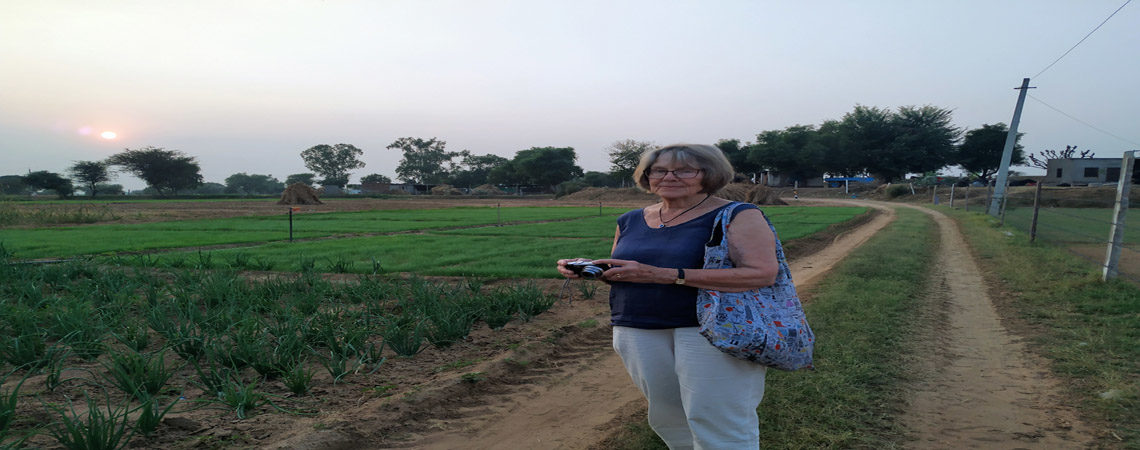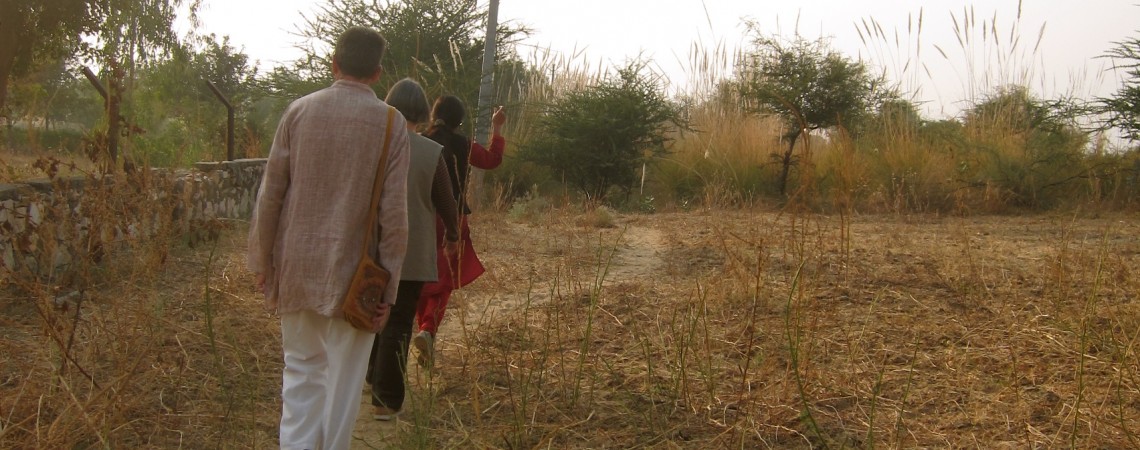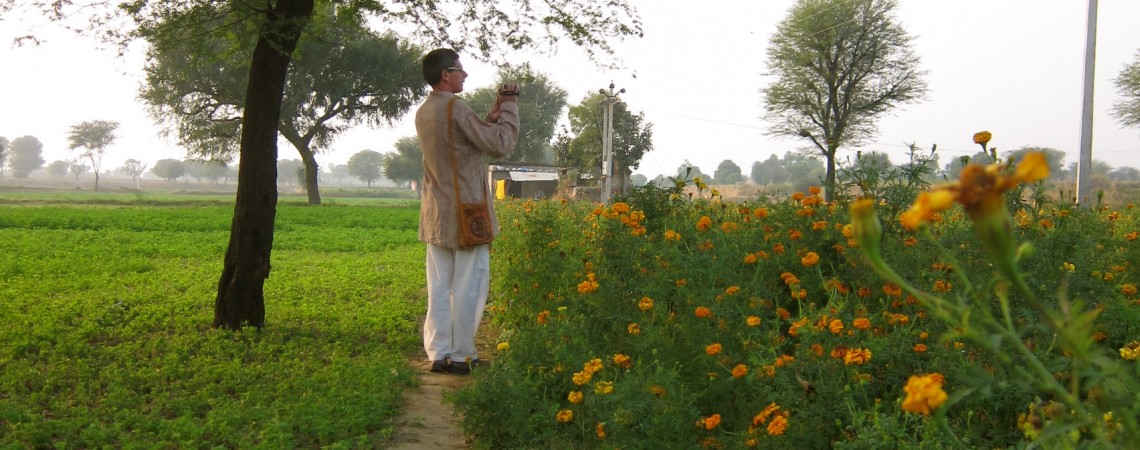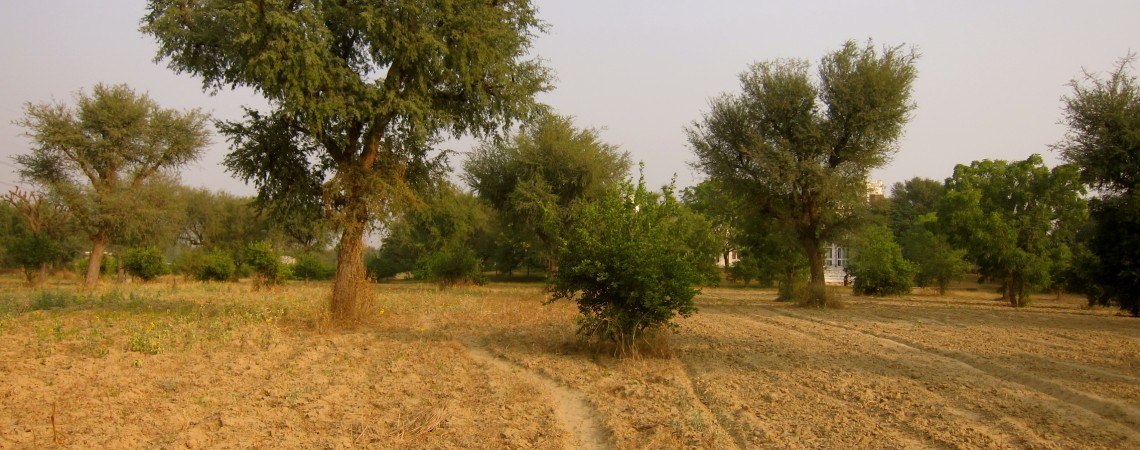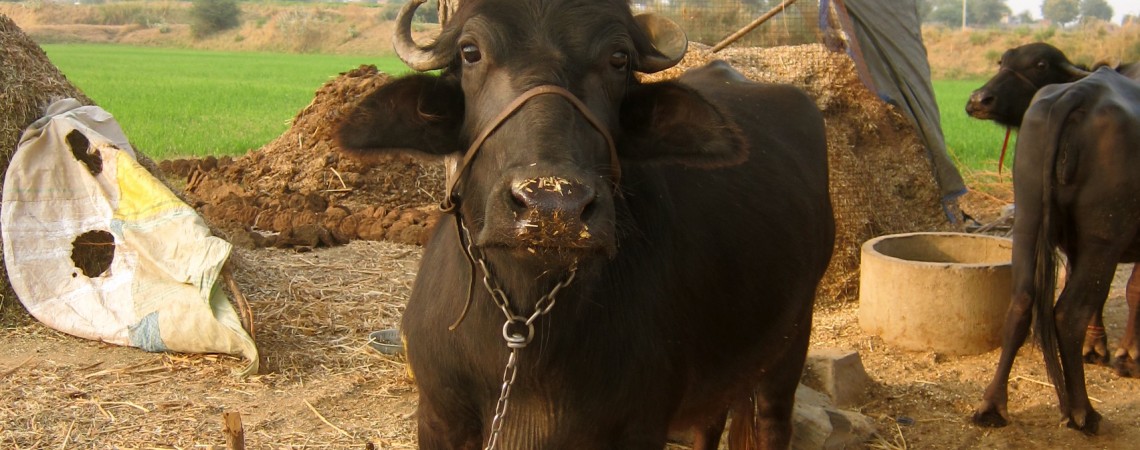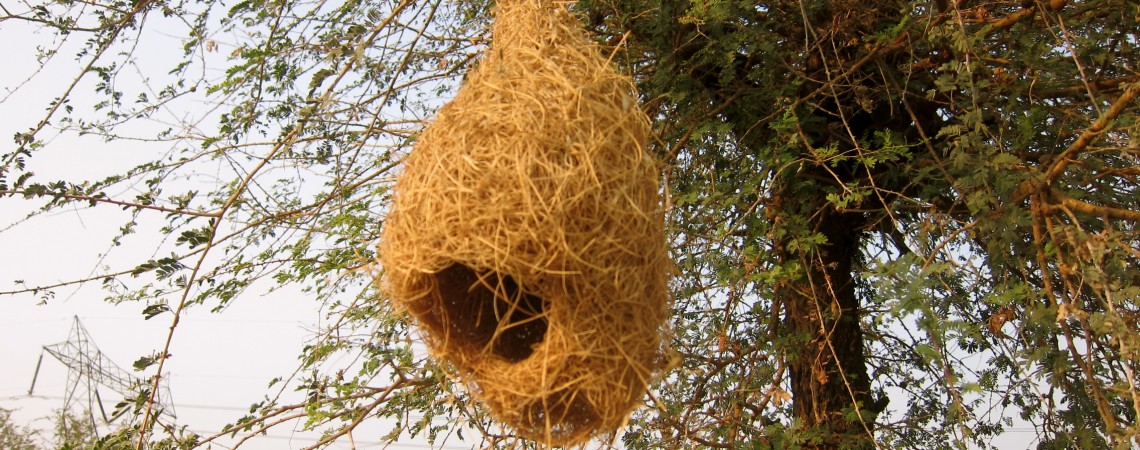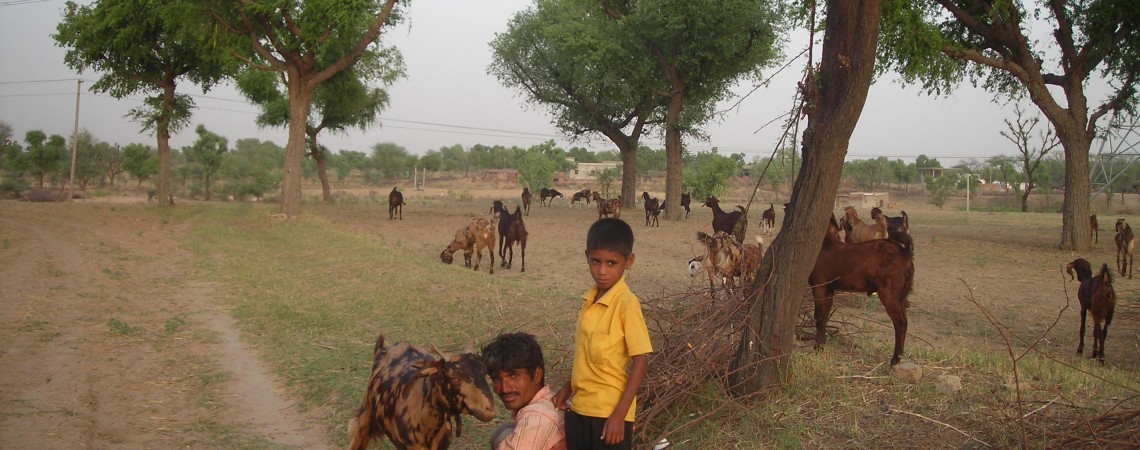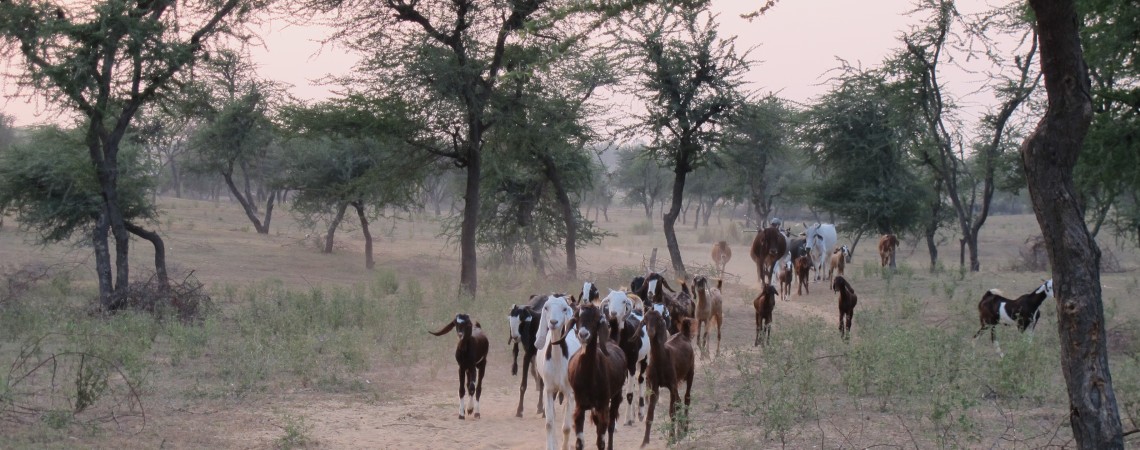Hiking & Biking
River bed / ravine hikes and biking along the Sujalam river bed as well as village walks, are among the special outdoor activity options at Savista.
The Sujalam is a now-dry river that once used to flow alongside the Savista estate. Originating in the Kaalak Sagar reservoir (a water harvesting reservoir in the lap of the Aravali Hills, about 15 km. from Savista) , it once meandered 20 kilometers through the villages of Kaalak, Mundia Ramsar, Naiwala, Jaisinghpura, Sanjharia, Dehmi and Bagru. Along its course the river etched jagged ravines in the sandy soil, giving the area around Savista its undulating character.
Some sections of these ravines, in Savista’s neighbourhood, are wooded and full of bird life. They are regularly visited by nomadic herders who bring their camels, sheep and goats to graze on the thorny shrubs and trees – babool and khejri – that grow there. Roaming herds of wild nilgai can also be sighted from time to time, particularly when crops are ripening in the fields. Meaning “blue cow” when translated from the Hindi, the nilgai is an antelope that has a rich russet coat and looks like a deer when young, but matures into an ungainly blue/grey adult that looks part stubby horse, part deer. It is considered a sacred animal in these parts and, therefore, protected from harm. But it is also seen as a nuisance as it regularly invades fields and ravages ripening crops. The village hunter – a colourful- looking character who carries an antiquated rifle – is hired by the local farmers to chase away these animals by running after them while firing into the air. For this he gets paid a retainer fee over the months of the harvest or is compensated in kind. Foxes, rabbits, porcupines, deer and a huge population of partridges – not to mention the occasional jackal – also roamed these ravines once. But over the last thirty years or so they have been hunted to extinction by the local population.
For as long as the Sujalam waters flowed, the river-bed with its rich growth of kusha reeds and rushes that sprouted in the wake of the rainy months, offered a refuge for nesting migratory birds flying into the Indian plains in the winter from the cold Northern countries. While most of these birds customarily landed in the Bharatpur Bird Sanctuary (north of Jaipur and close to Delhi), occasional stragglers who had lost their way – notably red-necked cranes and a few varieties of geese – were known to land on the Sujalam river bed and make temporary homes there.
In the summer months when the river waters shrank to a mere trickle, the local villagers and nomadic herders cut down the kusha reeds to make their own temporary shelters from the scorching sun. But the sturdy thorny shrubs and trees along the river bank continued to provide fodder for camels, sheep and goats. And succulent grass growing in the damp river bed offered grazing grounds for horses and cows. There was also a tradition in these parts during the summer months, of farmers cutting out section-lengths of the firm saturated soil of the river bed for use as linings for irrigation channels in the fields. In the days before the arrival of water sprinklers and drip irrigation, these damp earthen linings served as water-saving devices, besides facilitating the smooth flow of water.
The Sujalam river also historically provided a hospitable environment for the Bagru handmade textile industry. Water is a major raw material for dyeing and printing of textiles, and the village of Bagru situated on the banks of the Sujalam (roughly 8 km. down the river from Savista) traditionally served as a major centre for hand-weaving, dyeing and block printing on cotton cloth, using vegetable dyes.
Today, much has changed in the above scenario. But large sections of the river bed still remain unspoilt – albeit without water even in the monsoon months – and covered with brush and kusha reeds. While exotic migratory birds may no longer be seen, the landscape is rich with the common Indian birds that are characteristic of this region. This makes for a pleasant hiking / biking / cart trail.
Those with a greater interest in people, rural life and agricultural practices have the option of walking or biking through the fields and hamlets that surround Savista. One of Savista’s unique features is that it affords the visitor the opportunity to glimpse the lives of ordinary folk, and experience a brief flavour of rural India from a comfortable and safe vantage point. Following rutted footpath trails (pakdandi in Hindi), you can wander through the hamlets and villages of Sanjharia, Jaisinghpura and Himmatpura, or go cross-country towards the larger villages of Begas or Dehmi, or even all the way to the large village of Bagru. You can simply hike and bike along waving to people along the way, or meet farmers and their womenfolk, enter homes to share a glass of tea or buttermilk, watch women churn butter and attend to household chores, or visit any of the schools close-by (with prior permission). Agriculture is the main occupation in and around these villages. The main crops grown are wheat, barley, maize (corn), millets (bajra), many varieties of beans, mustard, chick-peas, peanuts and vegetables. Dairying is a subsidiary activity
The village of Thikaria, which is also part of this cluster of villages (and through which you must drive to get to Savista from the highway) has, in just the last four years, ceased to be a predominantly agricultural village. It has been bought over by the Vatika City real estate developers who are building an urban township there. All the farmers of Thikaria have sold off their agricultural lands, but retain their homesteads and continue to live there. They now make a living running little shops and businesses that service the labour colonies that are working on the construction sites.
On the other side of Sanjharia, undulating lands which once belonged to Sanjharia and were set aside as grazing grounds by the then big landlord of the village – the late patriarch of the family that owns Savista – have in the last four years been acquired by the Manipal University, a private institution that has created an impressive campus there.

